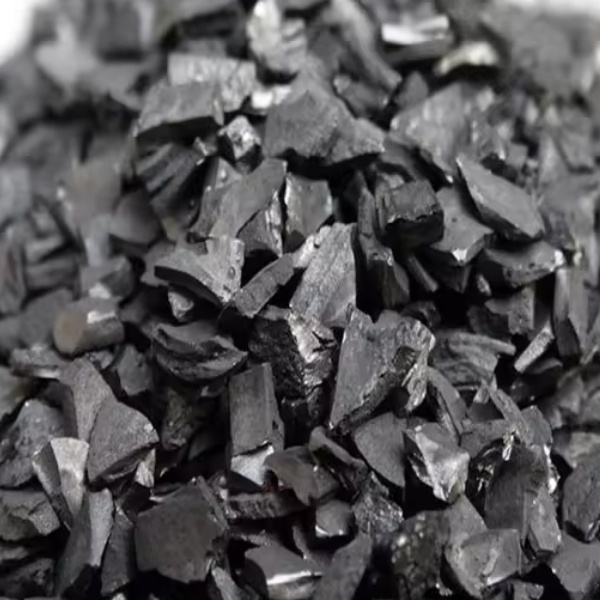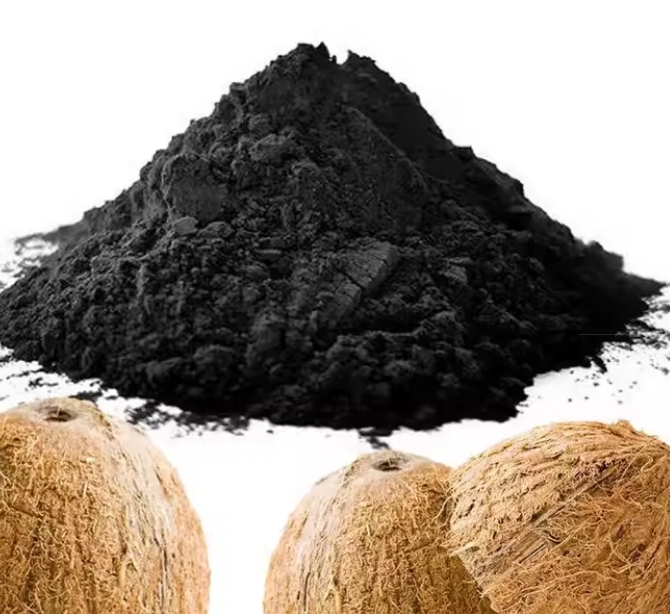Coconut shell activated carbon is widely used for its adsorption properties in various applications, such as water purification, air filtration, and industrial processes. The important indicators of coconut shell activated carbon include:
1.Iodine Number: Measures the micropore content of the activated carbon, which indicates the surface area available for adsorption. A higher iodine number signifies higher adsorption capacity for small molecules.
2.Surface Area: Typically measured in square meters per gram (m²/g), this indicates the total surface area available for adsorption. Coconut shell activated carbon usually has a high surface area.
3.Ash Content: Represents the inorganic residue remaining after the carbon is burned. Lower ash content is desirable as it indicates higher purity and less interference with the adsorption process.
4.Moisture Content: The amount of water present in the activated carbon. Lower moisture content is preferred as it ensures the carbon is more effective and stable.
5.Apparent Density: Indicates the mass per unit volume, which can affect the flow characteristics and packing density in filters or columns.
6.Hardness: Reflects the physical strength of the activated carbon. Higher hardness is important for applications where the carbon is subject to abrasion or movement.
7.pH Level: The pH of the activated carbon can influence its interaction with the substances being adsorbed. Neutral or slightly acidic pH levels are often preferred.
8.Pore Size Distribution: Refers to the range and volume of pores within the activated carbon. This affects the types of molecules that can be adsorbed. Coconut shell activated carbon typically has a higher proportion of micropores.
9.Carbon Tetrachloride (CTC) Activity: Indicates the capacity of the activated carbon to adsorb volatile organic compounds (VOCs). Higher CTC activity is beneficial for air filtration applications.
10.Methane Number: Used to evaluate the effectiveness of activated carbon in adsorbing gaseous contaminants. Higher methane numbers indicate better adsorption of gases.
Understanding these indicators helps in selecting the appropriate type of coconut shell activated carbon for specific applications, ensuring optimal performance and efficiency.



